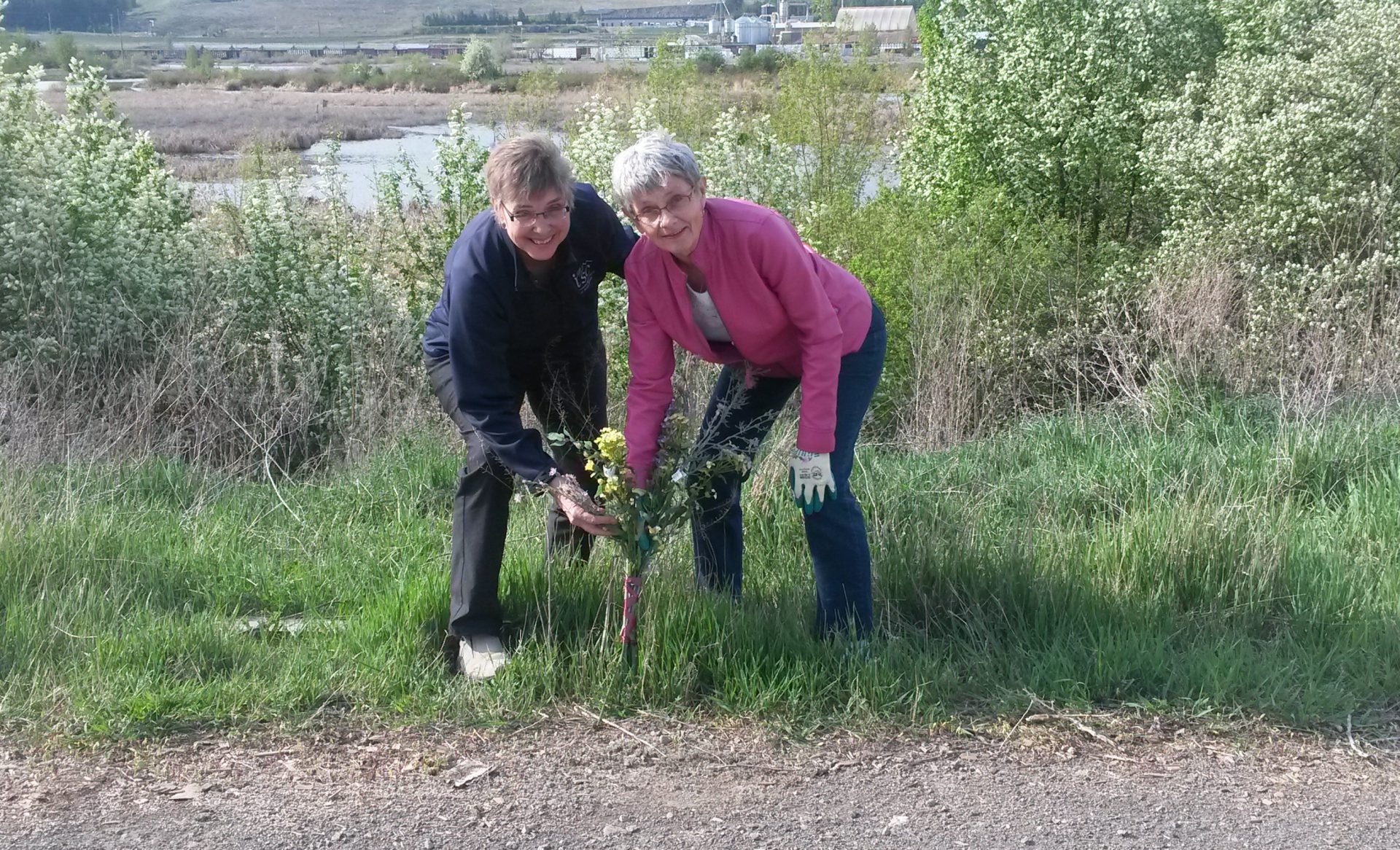The Cariboo Regional District is receiving $209,000 with the Cariboo Chilcotin Coast Invasive Plant Committee receiving $6,500 to help control the spread of invasive plants.
“Invasive species cause harm and we don’t want them to impact our regional economy,” says Cariboo-Chilcotin MLA Donna Barnett on Friday. “These investments will help the Cariboo Regional District and the Cariboo Chilcotin Coast Invasive Plant Committee reduce the threat that invasive species pose.”
Currently, some of the targeted invasive plant species in B.C. are marsh plume thistle, European common reed, garlic mustard, knotweed, Spartina, orange and yellow (non-native) hawkweeds, knapweed, giant hogweed, blueweed, common tansy, tansy ragwort, hoary alyssum, field scabious, leafy spurge, purple loosestrife, yellow flag iris, Himalayan balsam and Scotch broom.
“Up here in the Cariboo we have lakes that are at risk for milfoil — we don’t want milfoil — and we have one of three sites of flowering rush in the Quesnel area,” says Gail Wallin, Executive Director of the Invasive Species Council of BC (ISCBC).
Invasive plants are species that have been introduced into British Columbia from other areas. They displace native vegetation and can cause considerable economic and environmental damage. Some pose a health risk to people (e.g. skin irritation). Invasive plants can also disrupt natural ecosystems, reduce biodiversity, increase soil erosion, alter soil chemistry and adversely affect commercial crops.
These are two of 31 grants, totalling $1,727,000, that are being distributed throughout the province in 2016 to local governments, regional invasive species committees and the Invasive Species Council of B.C.
The funding will be used to help raise public awareness of invasive plant concerns, survey invasive plant populations and actively treat high-priority sites to control the spread of these destructive plants.
Something going on in the Cariboo you think people should know about?
Send us a news tip by emailing [email protected].








